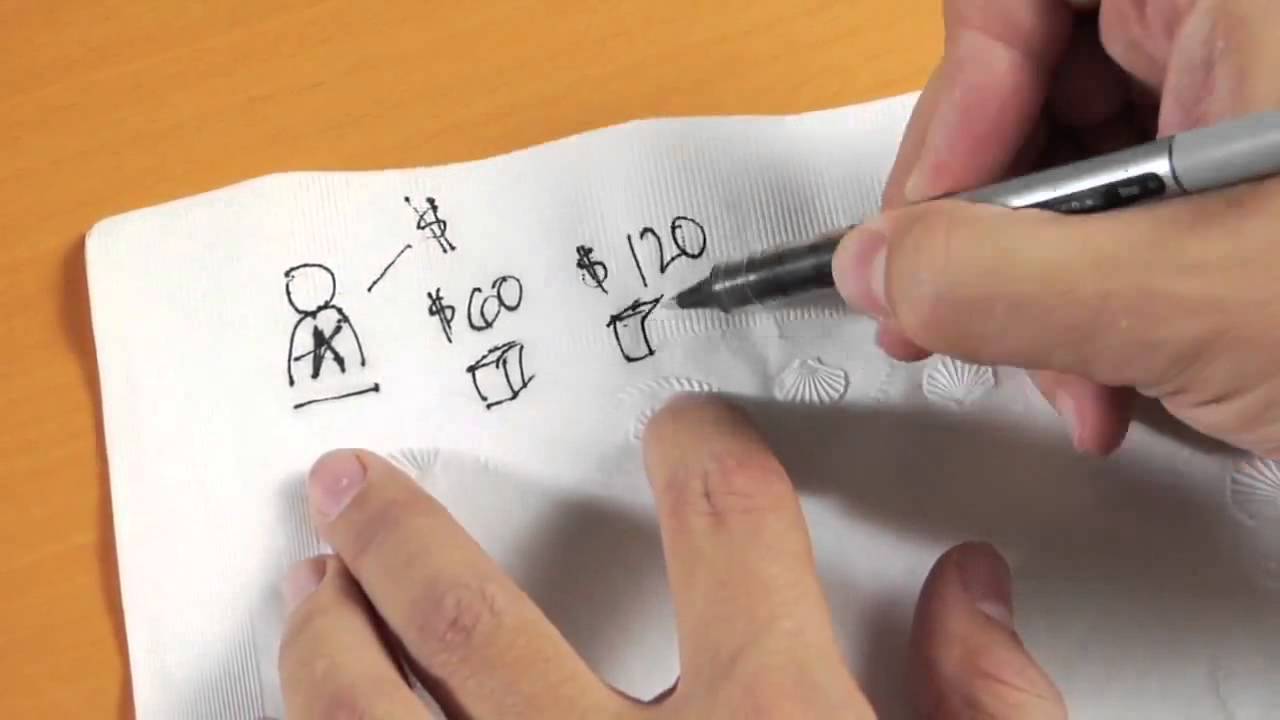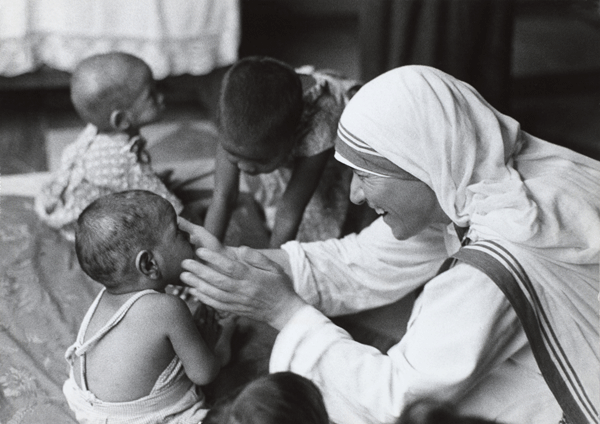 Hey, guess what? Richard and I are starting to see a number of non-profits wanting to pay attention to major gifts! What’s happening is that these non-profits are realizing that if they don’t start focusing on major gifts, they will be in a world of hurt in the next 5-10 years. They have figured out that some of their old strategies are not working so well anymore.
Hey, guess what? Richard and I are starting to see a number of non-profits wanting to pay attention to major gifts! What’s happening is that these non-profits are realizing that if they don’t start focusing on major gifts, they will be in a world of hurt in the next 5-10 years. They have figured out that some of their old strategies are not working so well anymore.
So, all that “realizing” is great… but there is still one problem.
These non-profits are still stuck in their old fundraising paradigm – they haven’t moved past the old methods they spent their time on, whether that was direct-response marketing, events, the annual fund, or whatever that non-profit “grew up” on.
In other words, while they understand the need to embrace major gift fundraising, they haven’t created a “culture of major gifts” in their organization – which is the only way to thrive and be successful.
I don’t want to make you think that those other fundraising strategies should be abandoned (although using excessive events should be wiped out, but I’ve written about that elsewhere). Instead, major gifts needs to be acculturated into the non-profit and accepted as THE way you’re going to increase NET revenue for your organization.
The fact is, those organizations that have created a culture of major gifts are very balanced organizations. In other words, the reason that they have a strong major gift program is that it is supported by leadership and the rest of the organization. They also have a strong donor acquisition and cultivation program, and they (more than likely) have a mid-level donor program and a strong planned giving program.
Why? Because they realize that they need to create a strong pipeline into major and planned gifts.
Here is what a non-profit is like when they’ve adopted a strong major gift culture:
- Investment is made. Non-profits that have a strong major gift culture invest in and hire good major gift officers, provide quality management for them, have a structure set up, provide assistants, set revenue goals and have high expectations.
- Leadership is supportive. Executive Directors, CEOs and board members “get” major gifts and do everything in their power to support the building of relationships with donors. They realize major gifts is a “long game” and have the patience to see the program grow.
- They don’t rob Peter to pay Paul. Non-profits with a major gift culture will not take money from the direct-response program or the donor support team to pay for major gifts. Richard and I see this all the time. “Well, we’ll take money out of new donor acquisition so we can hire two major gift officers.” We scream, “NO!! Where do you think major donors come from?” Like I said above, successful non-profits realize that if you want to have a thriving major gift program, you have to make it as easy as possible for a donor to move up the major gift pipeline into a portfolio. In other words, everything works together.
- Every department comes together. Every non-profit we have worked with that has a strong major gift program is supported by leadership, finance, program and development. There is no competition or “turf battles.” There is no CFO who “just doesn’t get it.” Everyone understands the economics of major gifts. They know that it is (or should be) the source of the majority of the net revenue of the organization, the money that fuels the programs and projects and carries out the mission of the non-profit.
- Donors are celebrated. This is important. The beauty of donor-centered major gifts work is that you actually get to know the donor. They are not some number on a spreadsheet. They are not a gift ask chart. They have passions and interests that are connected to your mission. Organizations that celebrate donors and hear their stories are demonstrating a culture for major gifts.
I know you want your major gift program to be successful. But unless the organization has a culture that supports the success of major gifts, you will always be walking up a very steep hill. Adopt a strong culture, and you’ll feel the wind on your back.
Jeff
PS — For more about building a Culture of (Major Gifts) Philanthropy, click here for our free White Paper on the subject.







0 Comments
Trackbacks/Pingbacks